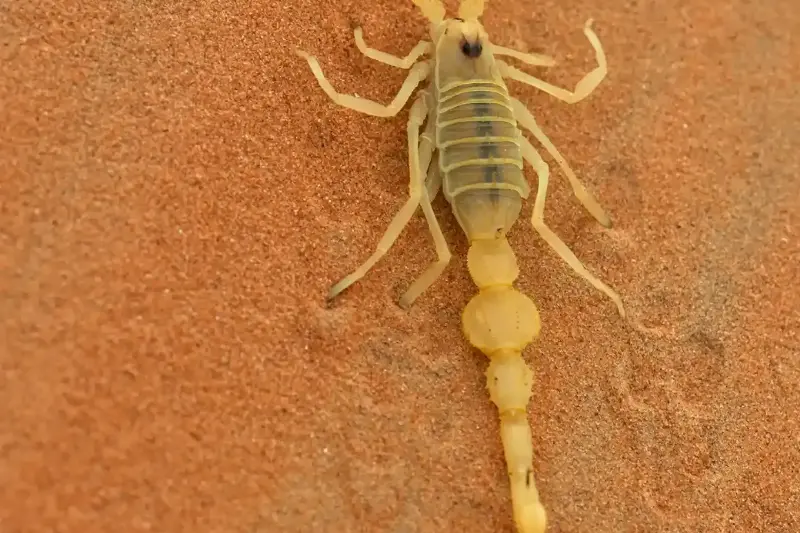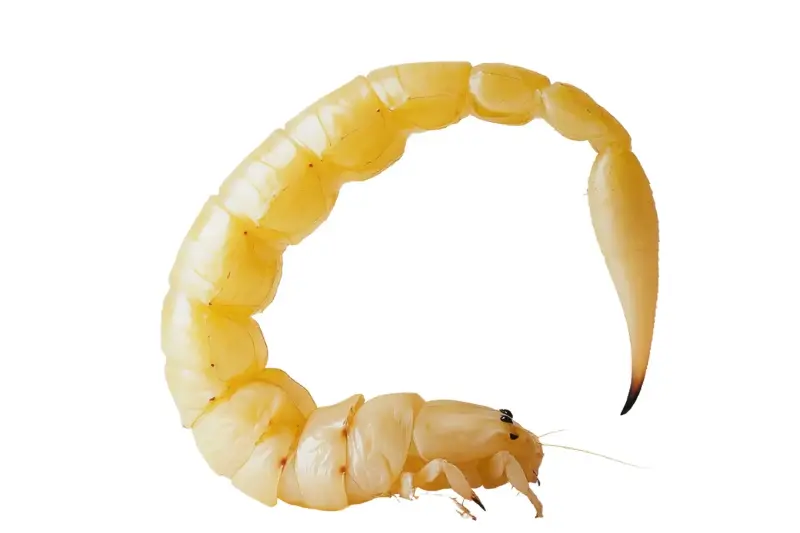The Yellow Scorpion: How to Protect Yourself from Its Toxic Sting

Slim, lightning-quick and armed with a venomous sting, the yellow scorpion is an infamous creature in many corners of the globe. Loved by none, feared by many, its presence sparks alarm—especially in sun-baked regions from North Africa to the Middle East and parts of South America. But what makes this scuttling survivor so dangerous, and, more importantly, how can you stay safe? Let’s dive into the world of the yellow scorpion and discover the secrets to outsmarting its dangerous embrace.
The Stealthy Assassin: Understanding the Yellow Scorpion
The yellow scorpion (scientifically known as Leiurus quinquestriatus, or “deathstalker”) is among the most venomous scorpions known. Recognisable by its pale yellow hue, slender body and finely curved tail, this arachnid typically hunts at night, using its pincers and stinger to subdue prey.
What really sets the yellow scorpion apart is its venom—a potent cocktail of neurotoxins designed to paralyse insects, but also capable of causing severe reactions in humans. For children, elderly individuals, and those with compromised immune systems, the sting can be deadly serious. The venom rapidly affects the nervous system, sometimes leading to muscular convulsions, breathing difficulties, and, in rare cases, even heart failure.
Yet, not every sting is fatal. Most healthy adults will experience intense pain, swelling, and numbness. Sometimes nausea, fever, or sweating follows. But one thing is certain—when you encounter a yellow scorpion, caution is non-negotiable.
Hidden in Plain Sight: Where Yellow Scorpions Thrive
Curious where you’re most likely to meet one of these toxic marvels? Yellow scorpions thrive in:
- Dry desert and semi-arid landscapes
- Rocks, loose stones, and sandy crevices
- Old logs, leaf piles, and under debris
Surprisingly, they often wander into homes seeking shade and water, slipping through cracks, windows, or beneath doors. Countries like Egypt, Israel, Algeria, and parts of Iran are particular hotspots, though their reach is expanding due to climate shifts and habitat disruption.
Defence Tactics: Simple Ways to Outsmart the Scorpion
Luckily, simple precautions can drastically reduce your risk of a painful encounter:
- Check shoes and clothing: Before putting on shoes, hats, or clothing left on the floor, give them a good shake.
- Seal your home: Close off entry points—fix cracks in walls, install weather stripping, and use fine mesh on windows and vents.
- Reduce clutter: Scorpions love hiding—keep floors clear and avoid piling up boxes or wood near entryways.
- Be vigilant at night: Use a torch when moving around in known scorpion country after dark.
- Wear protective gear: If working outdoors or in risky areas, sturdy boots and gloves are your best friend.
Quick thinking matters: If you’re stung, try to stay calm. Clean the wound, apply a cold pack, and seek medical help right away—especially if you notice severe symptoms. Prompt treatment can be life-saving.

Tales from the Field: Astonishing Facts that Might Surprise You
- The yellow scorpion’s venom is being researched for potential cancer treatments—science sometimes finds gold in the most unlikely poisons.
- A yellow scorpion can survive up to a year without food—a remarkable feat of desert resilience.
- They glow fluorescent green under UV light—a survival trait that might just make your torch your favourite tool!
Nature’s most dangerous inhabitants often have stories we rarely hear—a testament to evolution’s creativity and adaptability.
It’s easy to see yellow scorpions as mere threats, but their role in ecosystems—controlling insect populations and serving as meals for birds and mammals—is vital. If you live or travel in scorpion country, remaining alert, well-informed, and cautious is your best defence.
How many other seemingly menacing creatures might hold secrets to medicine, adaptation, or survival? Sometimes the key to safety—and understanding—lies in looking closer, not away.
